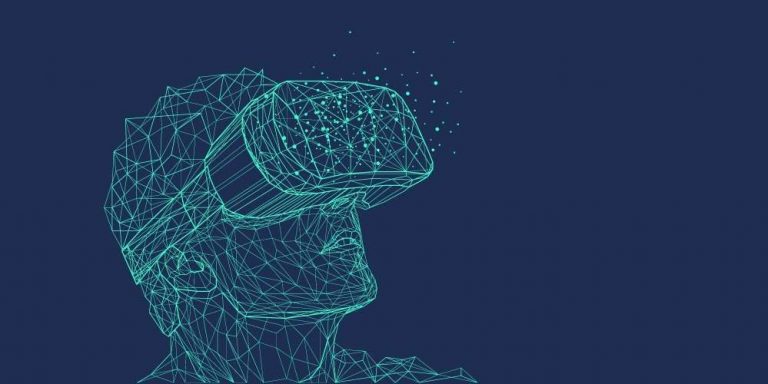Organisations can confidently infer valuable signals in their data about their employees’ plans and intentions.
Businesses have long relied on data to analyse the past. But now, data offers something even more powerful – foresight. Predictive analytics can improve employee engagement, reduce costs, and boost morale.
If your top talent were considering leaving, wouldn’t you want to know? If a wave of disengagement was coming, wouldn’t you want to intervene? The ability to detect early warning signs could be a game-changer for organisations.
Hindsight: Learning from the Past
Even basic data has value. Monthly spreadsheets help businesses compare sales trends and customer buying behaviour. Similarly, an employee engagement platform like bountiXP tracks morale and engagement trends over time. It can highlight key moments where engagement spiked or declined, prompting deeper investigation.
Unlike traditional reports that reveal trends only at month-end, real-time engagement platforms offer instant visibility. A sudden spike in engagement could signal excitement over a new project—or frustration with a process bottleneck. Spotting these trends in real time allows for swift action, preventing issues from escalating.
Foresight: Predicting What’s Next
Employee engagement platforms like bountiXP do more than track morale; they capture behavioural data. A driven and motivated manager who once posted recognition messages daily about her top performing team, but has recently gone silent may be experiencing burnout and disengagement. A star employee who suddenly redeems all her rewards mid-year instead of at the usual year-end might be preparing to resign.
Individually, these actions might seem insignificant. But when aggregated, patterns emerge. A tried and tested SaaS engagement platform can connect these dots, providing valuable predictive insights. And it doesn’t replace human intuition – but it does dramatically enhance it.
The Predictive Power of Data
Take a hypothetical company, Acme. By analysing years of engagement, rewards, leave, and resignation data, Acme can identify behavioural patterns that signal an impending departure. By comparing current trends against historical norms, it can flag at-risk employees and intervene before they leave.
This predictive capability isn’t just for the organisation as a whole – it can be applied at an individual level. While this might sound like Big Brother, the goal isn’t surveillance – it’s retention of top talent. If employees are feeling disengaged, wouldn’t you want to address the issue before they resign?
The Costs and Benefits of Data in Employee Engagement
The financial impact of predictive analytics is significant. Jannie Els, a data science strategic partner of Achievement Awards Group, analysed absenteeism data to predict resignations. The model achieved 71% accuracy in identifying employees likely to leave.
For a company with 11,000 employees, intervening successfully just 70% of the time could save R28 million. Beyond cost savings, retaining top talent improves morale, productivity, and overall company culture.
Seeing the Future More Clearly
Hindsight is 20/20, but foresight has long been considered guesswork. Data changes that. By leveraging predictive analytics, organisations can take proactive steps to enhance employee engagement, reduce turnover, and build a great work culture.
Tatenda Gweshe is a Data Science Strategy Director at Achievement Awards Group.


























